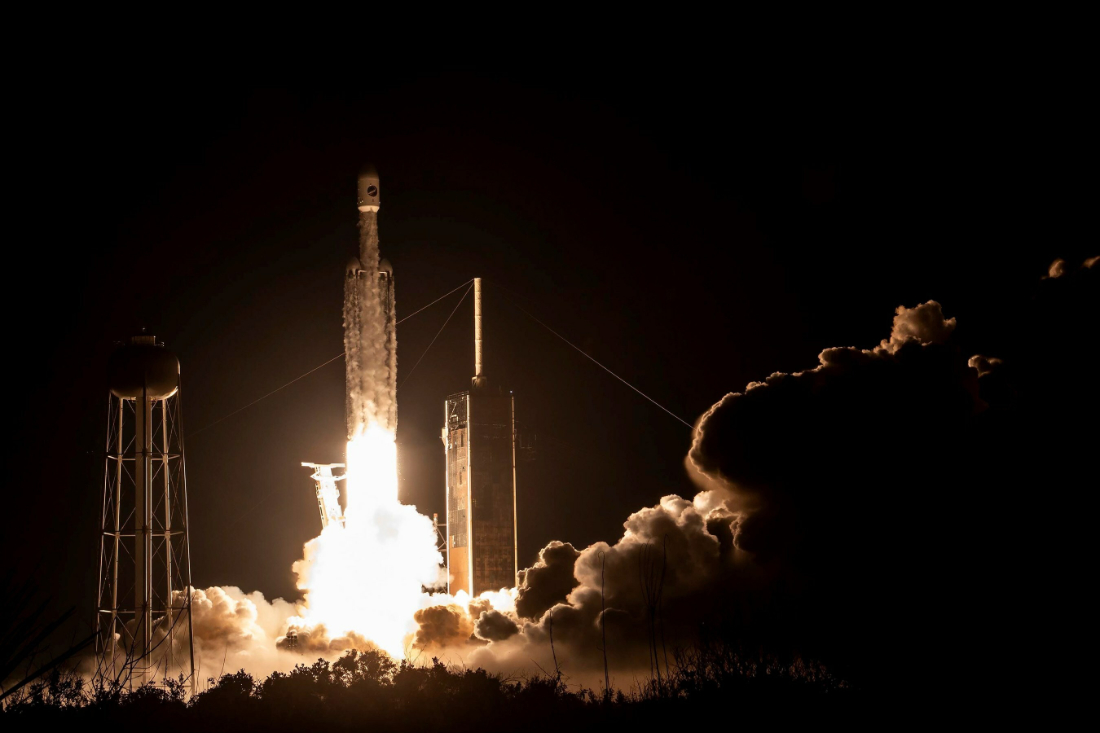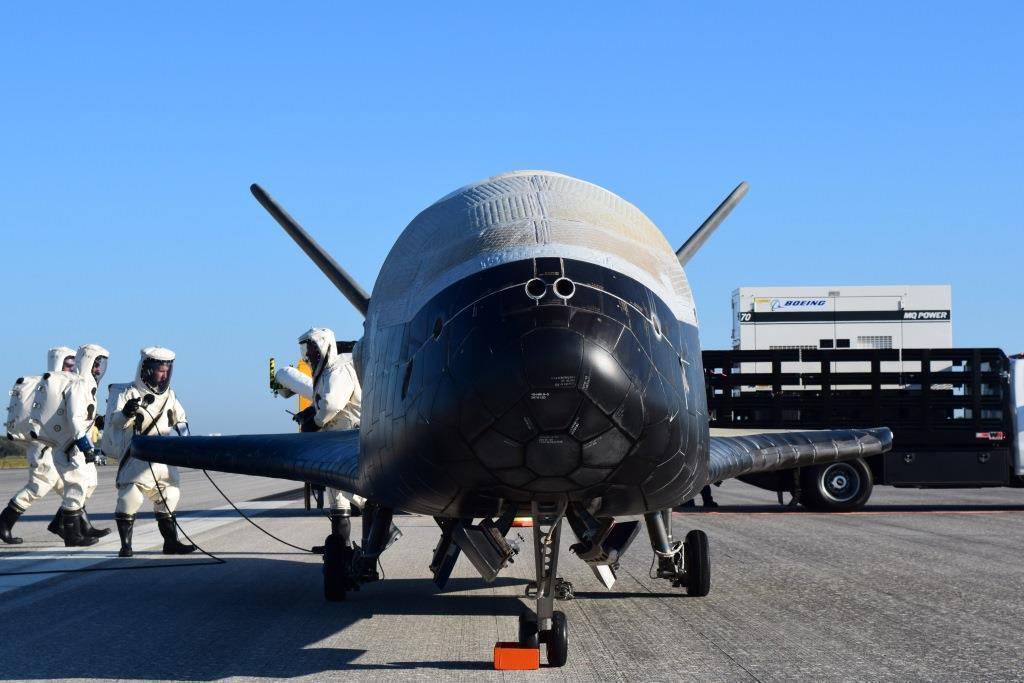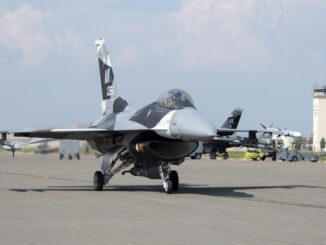 On 29th December 2023, SpaceX’s Falcon Heavy rocket launched the Boeing X-37B reusable unmanned spaceplane with its seventh mission. Designated USSF-52, the flight is realized within National Security Space Launch programme of the United States Space Force (USSF).
On 29th December 2023, SpaceX’s Falcon Heavy rocket launched the Boeing X-37B reusable unmanned spaceplane with its seventh mission. Designated USSF-52, the flight is realized within National Security Space Launch programme of the United States Space Force (USSF).
‘The X-37B government and Boeing teams have worked together to produce a more responsive, flexible, and adaptive experimentation platform. The work they’ve done to streamline processes and adapt evolving technologies will help our nation learn a tremendous amount about operating in and returning from a space environment.’ – said William D. Bailey, Director of the Department of the Air Force Rapid Capabilities Office.
As the Boeing-built X-37B, also known as Orbital Test Vehicle (OTV), carries out missions for the USSF, their exact objectives and proceedings usually remain undisclosed to the public. However, information included in a press release published by Boeing after the recent launch of the vehicle, sheds some light on the goals the company’s spaceplane has to complete during its current mission. This time, the X-37 will test future space domain awareness technology experiments that are essential in ensuring safe, stable and secure operations for all users of space.
‘The technological advancements we’re driving on X-37B will benefit the broader space community, especially as we see increased interest in space sustainability. We are pushing innovation and capability that will influence the next generation of spacecraft.’ – added Michelle Parker, Space Mission Systems vice president at Boeing Defense, Space & Security.

The Boeing X-37B made its first flight in April 2010 and, since then, it has been breaking subsequent records in spaceflight endurance. It is enough to say that in November 2022 that OTV returned to Earth after spending 908 days in orbit (click here to learn more about that flight), while its initial design mission was expected to last 270 days spent in outer space. What’s more – during its six missions to date, the Boeing’s reusable unmanned spaceplane had spent a total of 3,774 days in space, covering a distance of more than two billion kilometres (1,3 billion miles) in that time.
Will the X-37B break another record on its recently launched mission? Well, we need to wait to find out but – looking at its accomplishments on this regard to date – with a very high probability we can expect that it would finish its seventh flight returning to Earth with one more beaten record on its account.
Speaking of impressive statistics, let us mention SpaceX, the company that carried the X-37B into space for its seventh mission. In 2023, SpaceX carried out 96 successful missions involving reusable rockets of the Falcon family, including ninety-one flights with Falcon 9 rockets – the company’s workhorse – and five with Falcon Heavy. The latter is a heavy-lift launch vehicle composed of three Falcon 9 nine-engine boosters and is capable of lifting nearly 64 metric tons (141,000 lbs) into Earth orbit. The USSF-52 mission with the X-37B was not only the fifth and final flight of the Falcon Heavy in 2023 and the ninth in total, but also the first time when the Boeing’s OTV was carried out into space with the SpaceX’s rocket. As of now, at least three launches of the Falcon Heavy launch vehicle are scheduled for 2024.

Cover photo: The X-37B landed at NASA’s Kennedy Space Center, Oct. 27, 2019 (DoD courtesy photo, Public Domain).
Information from The Boeing Company press releases were used. DoD information materials were used, in compliance with Public Domain licence. The appearance of U.S. Department of Defense (DoD) visual information does not imply or constitute DoD endorsement.



